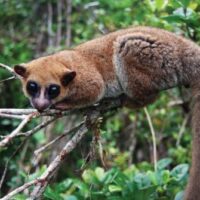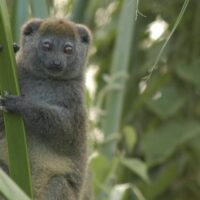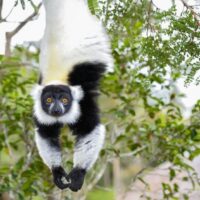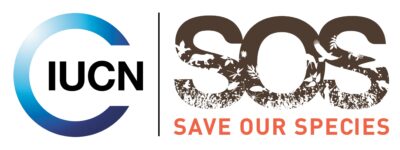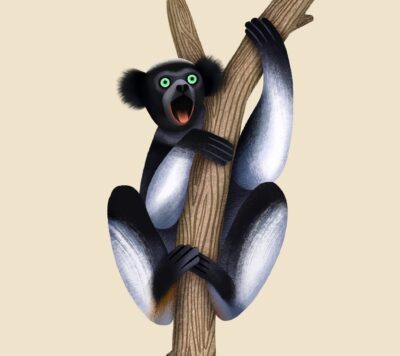
We are very happy to launch our new project “Building communication and outreach capacity for Malagasy organizations to grow local knowledge and support for lemur conservation in Madagascar”!
This project addresses the need for more education and information about lemurs, their importance, and their conservation in the Malagasy language. Additionally, it responds to the challenges faced by Malagasy conservation organizations when communicating their work to local, national, and global audiences. This project will benefit the conservation of more than 26 lemur species at 16 project sites across Madagascar. Of these species, 23 are categorized by the IUCN Red List as threatened with extinction.
Learn more about their work and other amazing projects they support.
Project objectives
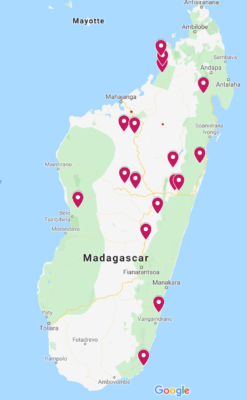
While many conservation organizations work closely with the local communities surrounding their project sites, there is a need to further engage Malagasy audiences in order to create allies for conservation within Madagascar and encourage a new generation of Malagasy conservationists. That it is why the Lemur Conservation Network will build capacity in communication, education, and outreach for seven conservation organizations working at sixteen project sites across Madagascar. This will include the following:
- Providing remote assistance and on-site training for each organization in communications tools and business strategies;
- Creating educational materials about lemurs and their conservation in the Malagasy language about species near each project site;
- Supporting the organizations’ conservation education programs for local communities surrounding each project site;
- Distributing online training to all member organizations of the Lemur Conservation Network; and
- Increasing the reach of the Lemur Conservation Network website and social media within Madagascar, in order to promote lemur conservation to Malagasy audiences.

This project involves the following Lemur Conservation Network members: GERP, Madagascar Fauna and Flora Group, Madagasikara Voakajy, Mikajy Natiora, Madagascar Wildlife Conservation, Sadabe, and Sainte Luce Reserve and Filana. It builds on work we have been doing with these members over the last two years, in which we created posters about these 26 lemur species in Malagasy for their project sites.
We are using Lemur Conservation Network’s resources, knowledge and experience to impact lemur conservation by promoting the Malagasy population as key actors in the survival of lemurs in Madagascar.
Expected outcome
By the end of this project, these seven conservation organizations will be well equipped to promote their work and educate audiences in Madagascar about lemurs and their conservation. With the printed educational materials in the Malagasy language, their capacity to provide education to the local communities surrounding their sixteen project sites will be increased. Through these trainings, educational materials, and the increased reach within Madagascar of LCN’s website and social media, our shared ability to reach Malagasy audiences will increase. This will help to create a Malagasy population that is more educated about and engaged in conservation.
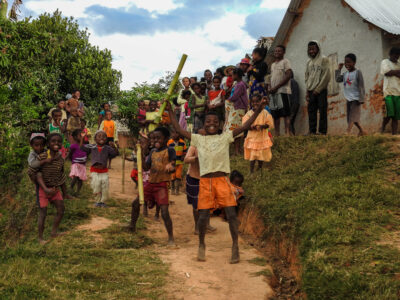
Funded by IUCN Save Our Species
This project is funded by IUCN Save Our Species. The contents of this blogpost are the sole responsibility of the Lemur Conservation Network and do not necessarily reflect the views of IUCN.

